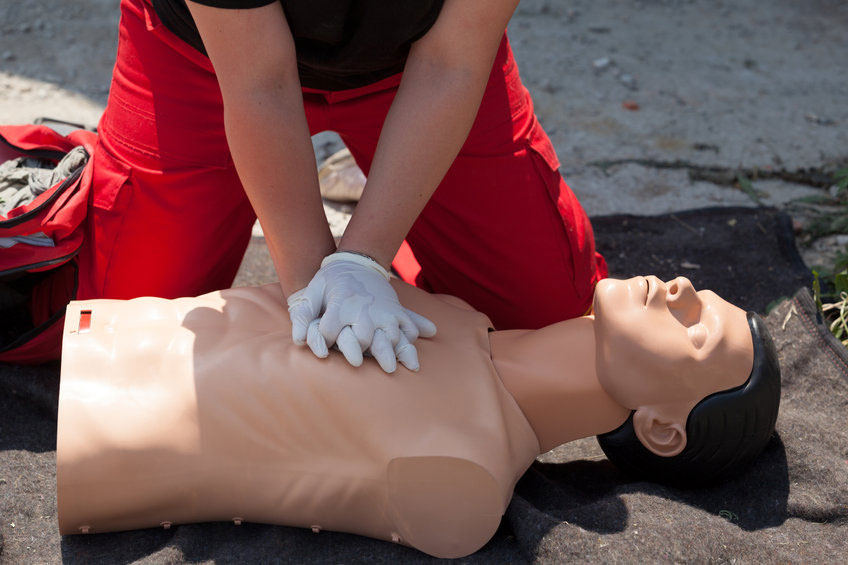 Hands-only CPR is CPR without rescue breaths. Instead of performing CPR with a combination of chest compression’s and rescue breaths, you perform chest compression’s only.
Hands-only CPR is CPR without rescue breaths. Instead of performing CPR with a combination of chest compression’s and rescue breaths, you perform chest compression’s only.
Conventional CPR – CPR with chest compression’s and rescue breaths.
Hands-Only CPR – CPR with chest compression’s only.
Why would we perform Hands-Only CPR? Aren’t rescue breaths important?
Conventional CPR with rescue breaths is still recommended. However, there are many instances where a person needs CPR and bystanders are unwilling to put their mouth on the other person’s mouth. Maybe the victim looks sick or is foaming at the mouth. Maybe you just don’t want to lock lips with a stranger.
Whatever the reason is, it is better to do something than do nothing. That is why we perform Hands-Only CPR. Experts have determined that chest compression’s alone can increase the likelihood of survival. It’s also easier to learn and it’s easier for an untrained bystander to perform.
We are not saying that Hands-Only CPR is better than conventional CPR. Conventional CPR is still recommended and is a better solution. However, if you suddenly see a victim collapse in a public place, AT LEAST perform Hands-Only CPR. Doing so will increase the likelihood of the victim’s survival.

How to perform Hands-Only CPR on a child (1 year+) or adult.Call 9-1-1 or direct someone to call 9-1-1.
- Check for responsiveness. Only perform CPR on an unresponsive victim.
- Expose the chest.
- Perform chest compression’s
- Place the heel of your hand on the center of the chest, midway between the nipples. Place the other hand over the hand touching the chest and interlock the fingers.
- Place your shoulders directly over the chest with the arms straight.
- Pump the chest continuously.
- Adult: 2 inch to 2.4 inch compressions
- Child: about 2 inch compressions
- Allow the chest to fully recoil, don’t lean on the chest. IT IS IMPORTANT TO FOCUS ON HIGH QUALITY COMPRESSION’S.
- Continue until help arrives.
Note: Conventional CPR is still recommended for infants.
If you are trained in conventional CPR and are willing to do rescue breaths, perform conventional CPR with rescue breaths. If not, perform Hands-Only CPR.
If you wish to learn more about conventional CPR and/or Hands-Only CPR, take our FREE CPR Course. The course covers CPR and AED use. For more in-depth information, please take the FREE BLS Course. Certification options are available for both courses after finishing the lessons.

